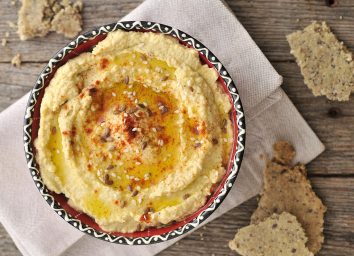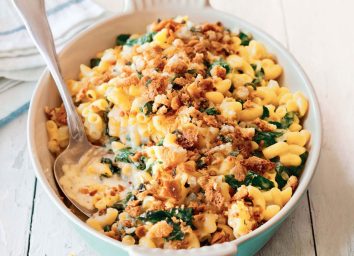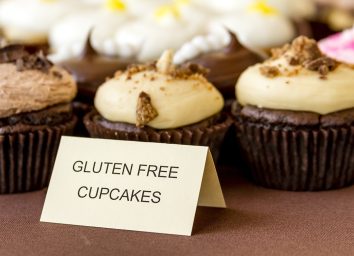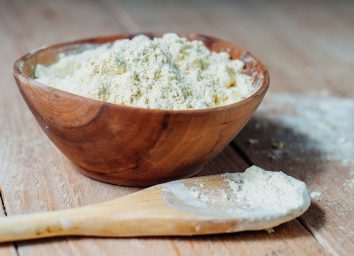15 Surprising Foods You Didn't Know Had Gluten in Them
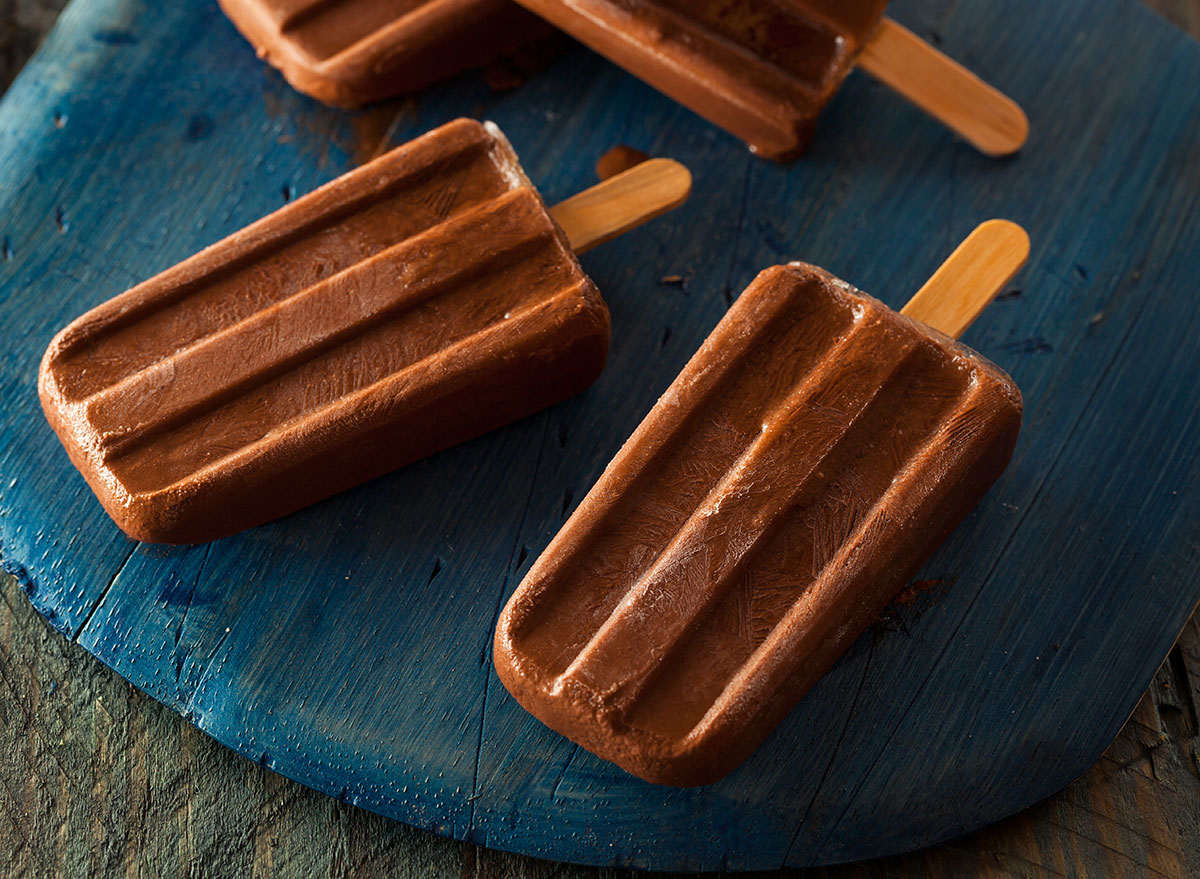
Whether you have a gluten sensitivity, Celiac Disease, or an allergy, it can feel confusing to those who don't know what foods gluten-free folks can or can't eat. Having to look through every label of food to see if a product is gluten-free or not can get tedious, especially products you normally don't think would contain it.
Gluten is a specific, naturally-occurring protein found in wheat, barley, spelt, and rye. Not all carb-rich foods contain gluten—for example, rice and potatoes are naturally gluten-free. But some foods you've been eating could be giving you a fix of gluten and been initially undetected…until now.
The fact of the matter is, gluten is a very commonly found ingredient in many of our foods. Bread is without a doubt the most common food one has to avoid when going gluten-free. But we bet you didn't know there are other common foods you might be eating that still contain it but going undetected—unless you read the label, that is.
Here, we found a list of 15 foods and products you might not have known contain gluten, or at least can contain traces of it. Who knows, maybe avoiding these could finally mean relief from the pain and suffering you've been experiencing. And if you already knew about these gluten foods, spread the word! These are just some of the ones we found most shocking to contain gluten in them.
Coffee

That's right. Your morning cup of joe from your favorite barista could be you secret saboteur in your gluten demise. If your go-to is flavored coffee or instant coffee packs to make your caffeinated beverage taste more like a creamy dessert, you could be adding gluten you weren't aware of. Where is the gluten hiding, you ask? Some of your triple-shot caramel macchiato with an extra pump of flavor could contain wheat-based syrups. So unless you are drinking it straight black, you should read or ask about the fine print.
Soy Sauce
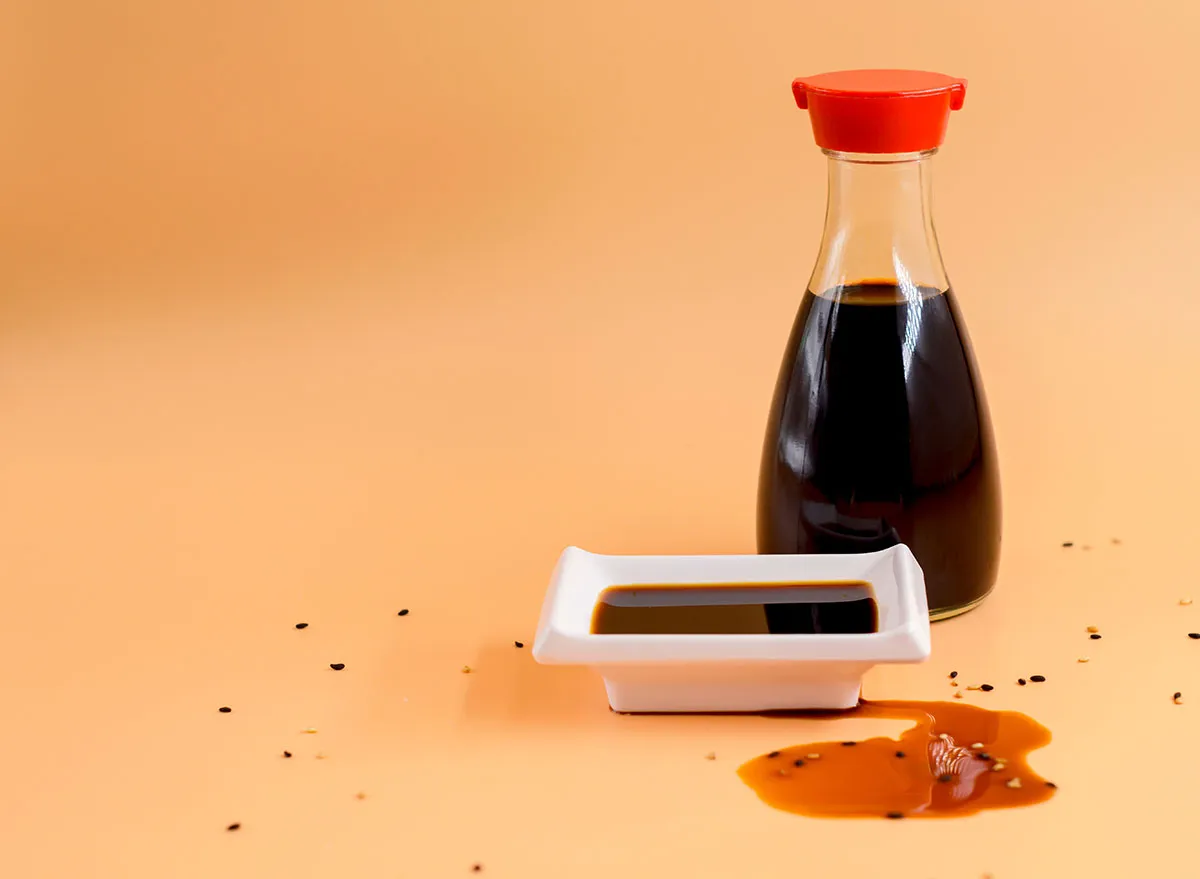
Surprisingly enough there are more than just soybeans in your favorite Asian condiments. Soy sauce is commonly made with fermented wheat. Sorry gluten-free friends, this complementary rice topping is just not on your list of safe foods. Try gluten-free tamari instead because it's naturally gluten-free. Side note: common sauces and marinades at restaurants include soy sauce in them, so make sure you're asking.
Processed Meats
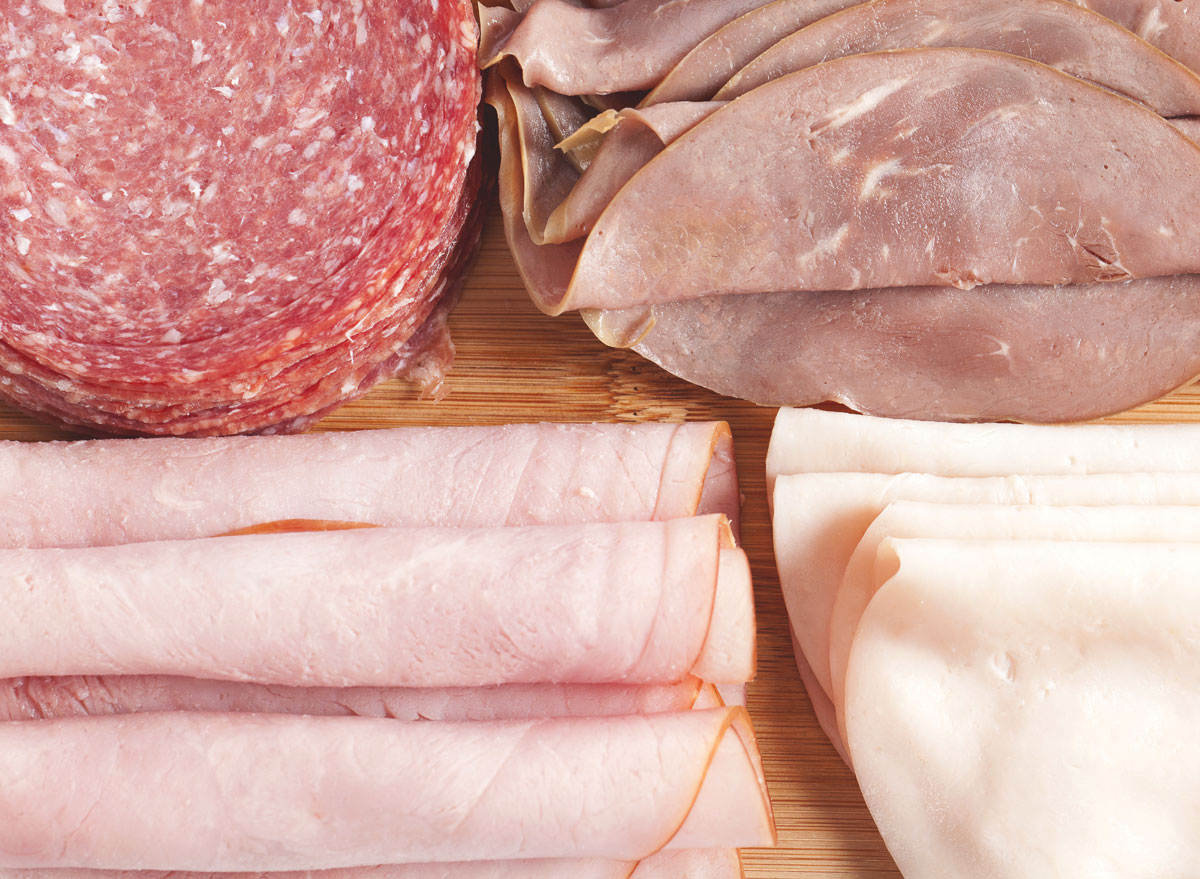
The meats you're buying at the grocery store are not just meat and bones. Well, they are, but their packaging isn't. Checking your labels is the easiest way to figure out if your beef patties, sausages, and hot dogs aren't being held together by gluten products. You also need to be wary at the deli counter for cross-contamination. Slicers aren't normally cleaned in between meat, and ones with gluten products might transfer to your slices of deli meat. Deli meats are monitored by a different gluten-free standard from the USDA instead of the FDA, so check with your store and see if there is a designated gluten-free slicer.
Seitan
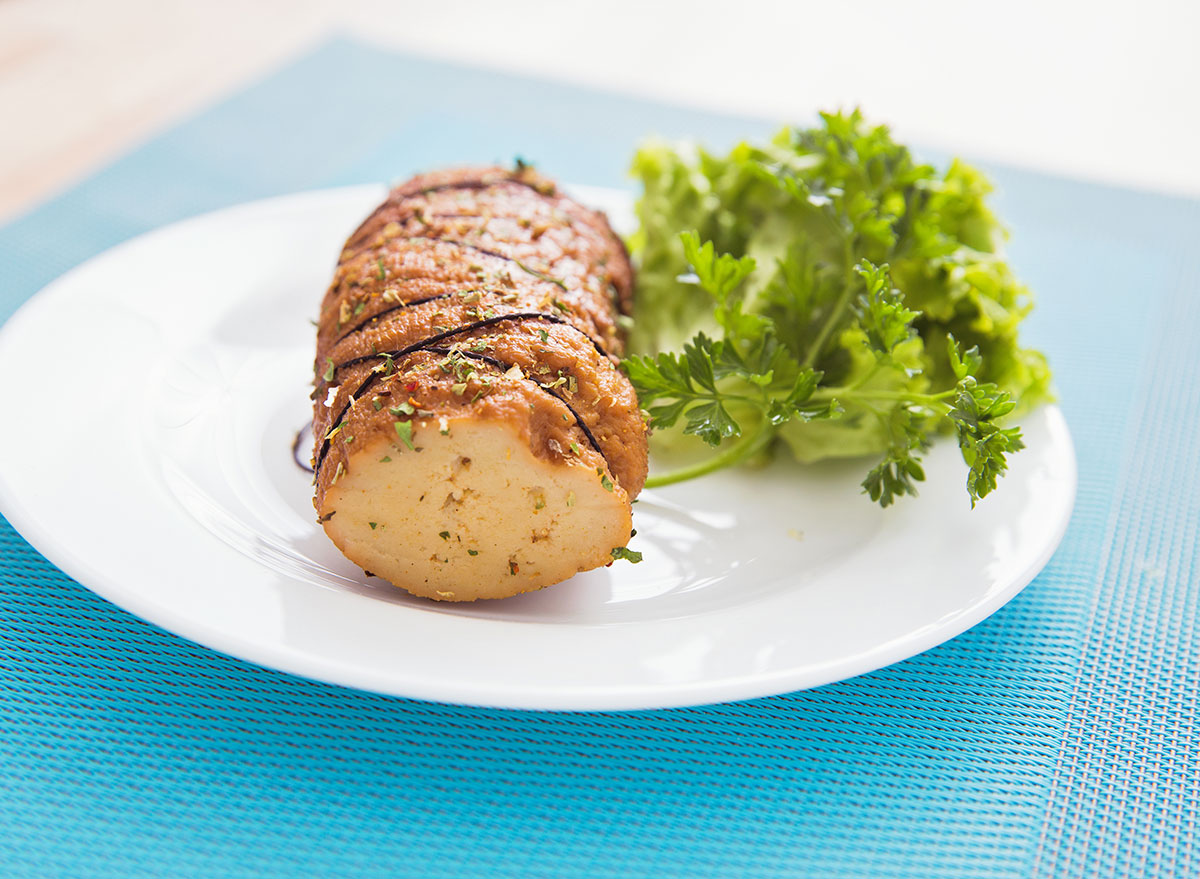
Another one of your Asian favorites might be a secret saboteur. Seitan is a common vegetarian option in Chinese food, but it's not for gluten-free folks. In fact, it's made up of hydrolyzed wheat protein, so this veggie option is a gluten-free foodie's worse nightmare.
Soups
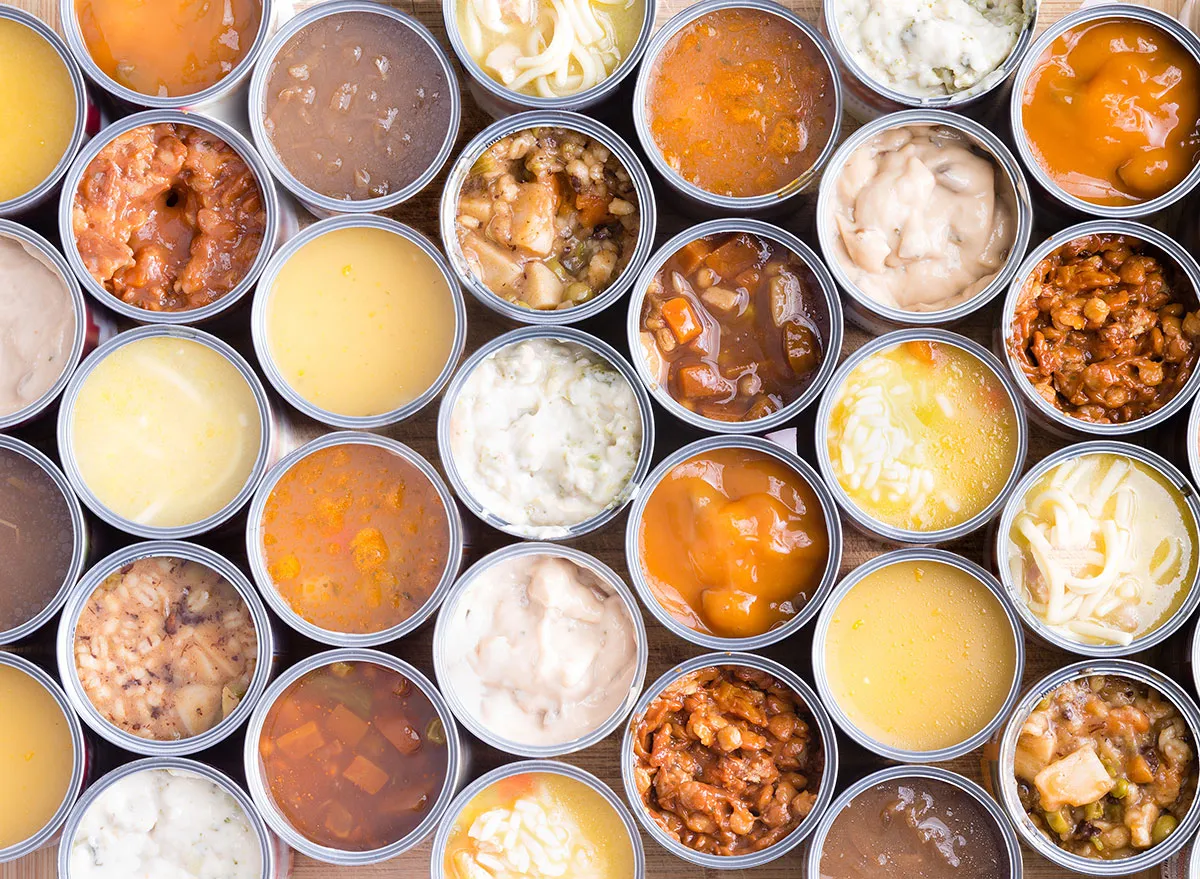
Your favorite canned soups could be teeming with gluten. As usual, noodles are a no-go, but if you didn't know, your cream of mushroom soup might get its thick texture from added wheat products. Cream-based soups might be more wheat products than dairy in some cases. You should also read the label for added wheat and barley in your broths.
Pickles
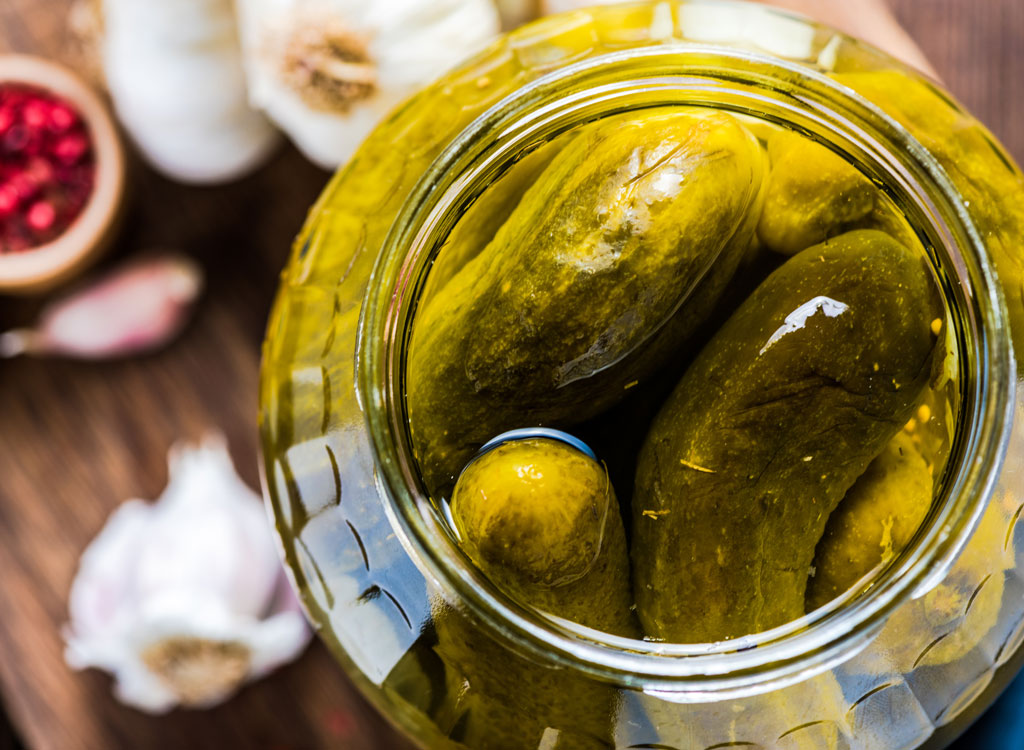
No, we're not talking about fried pickles. Some pickling processes involve a common gluten product like malt-vinegar. You should reach for pickles not brined that way, but the best way to safely eat your precious pickles is to make your own!
Wasabi
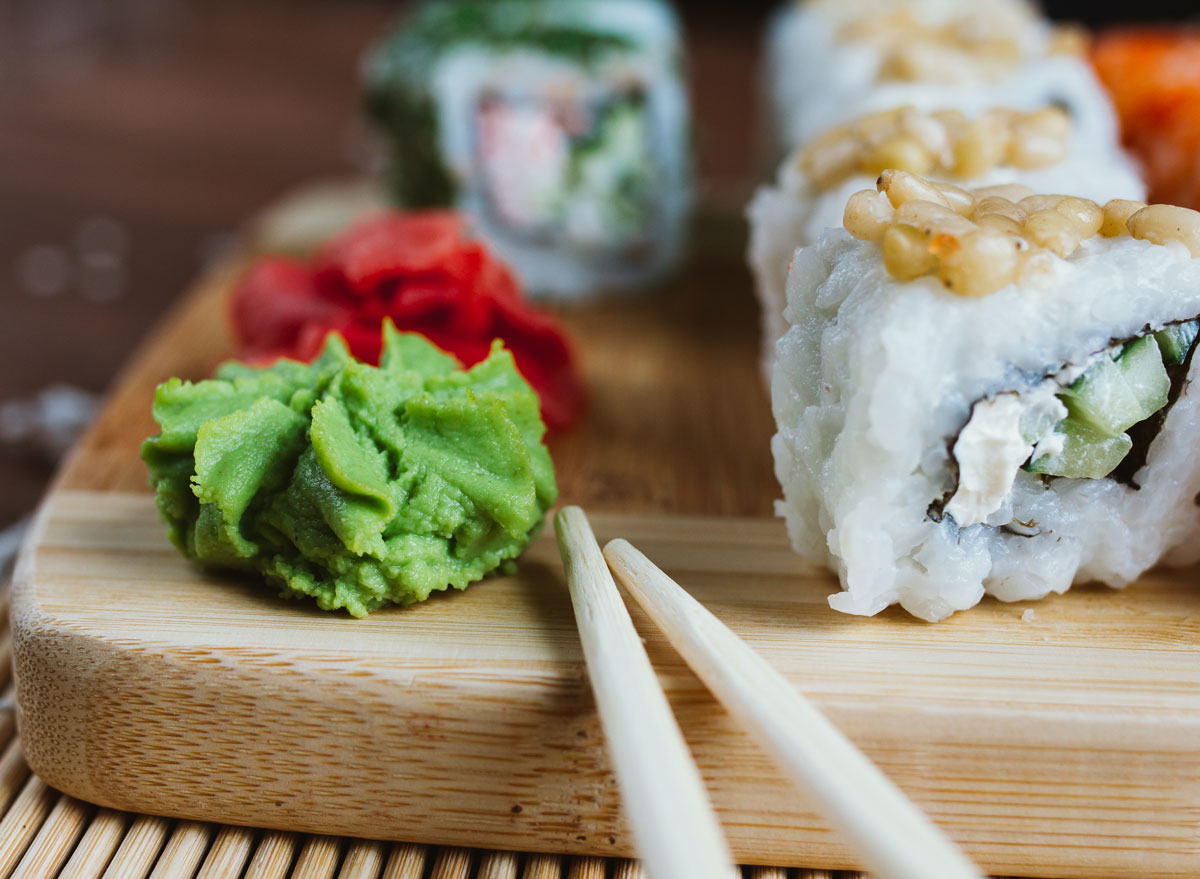
What's really in wasabi? Well, it's not real, for starters. This green sushi pairing can contain wheat-based food coloring to achieve its fluorescent color. And again, keep it away from the soy sauce because that will raise your odds for cross-contaminating and making a gluten bomb.
Pudding
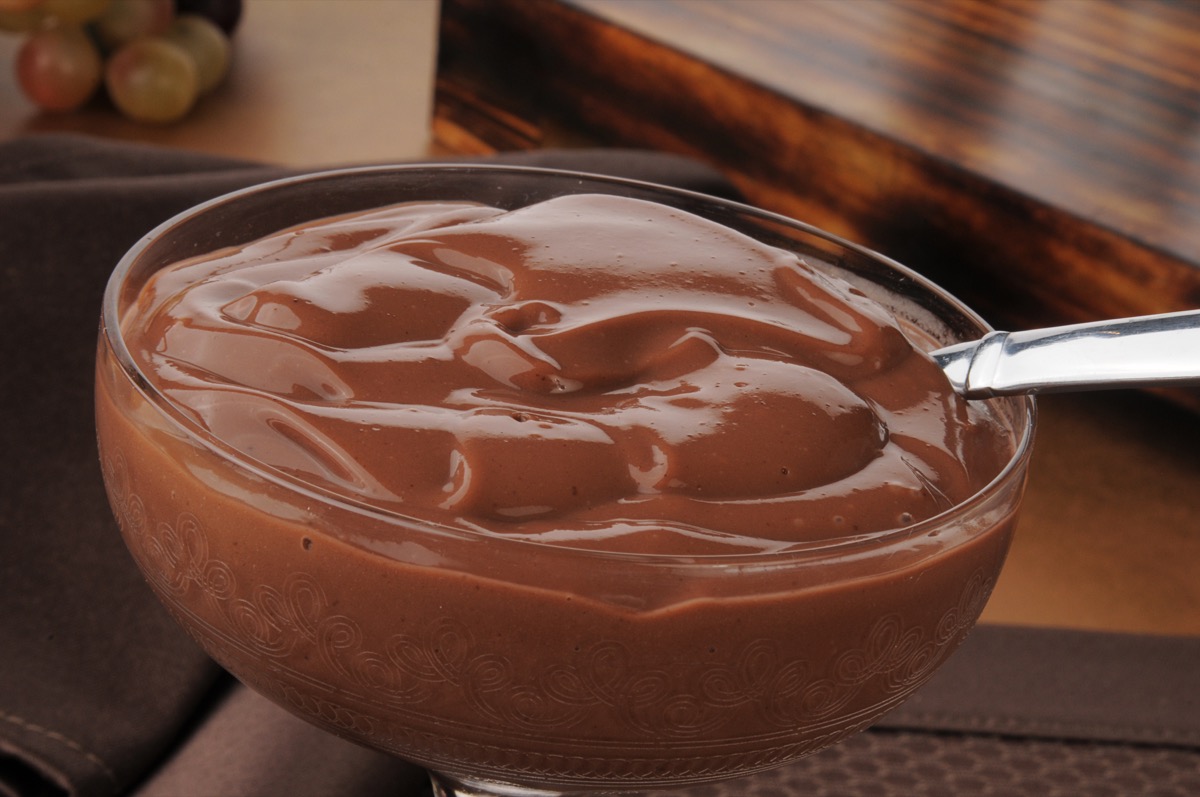
What creates that desired pudding texture in your chocolate, vanilla, or tapioca spoonful? Wheat thickeners, same as soup. Make sure you are reading all your labels!
Crab
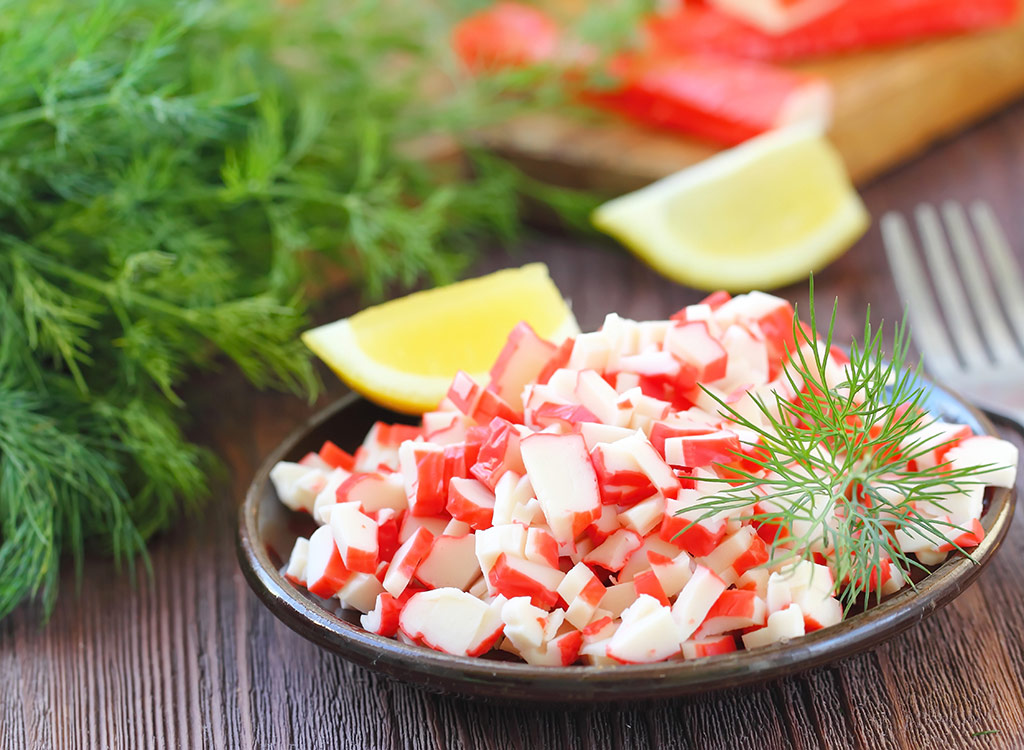
A California Roll here and there may seem fine, because rice is gluten-free, right? Sure, but that's not always the case for the imitation crab coiled inside. For this crumbly meat to hold together as you dunk it into your soy sauce and wasabi, the meat contains wheat products. So do yourself a favor and stay away from all of it.
Butter

Plain butter is gluten-free, but very hard to come by these days in the land of substitutes. There are tons of brands that use additives that contain gluten, so again, check your labels.
Salad Dressing
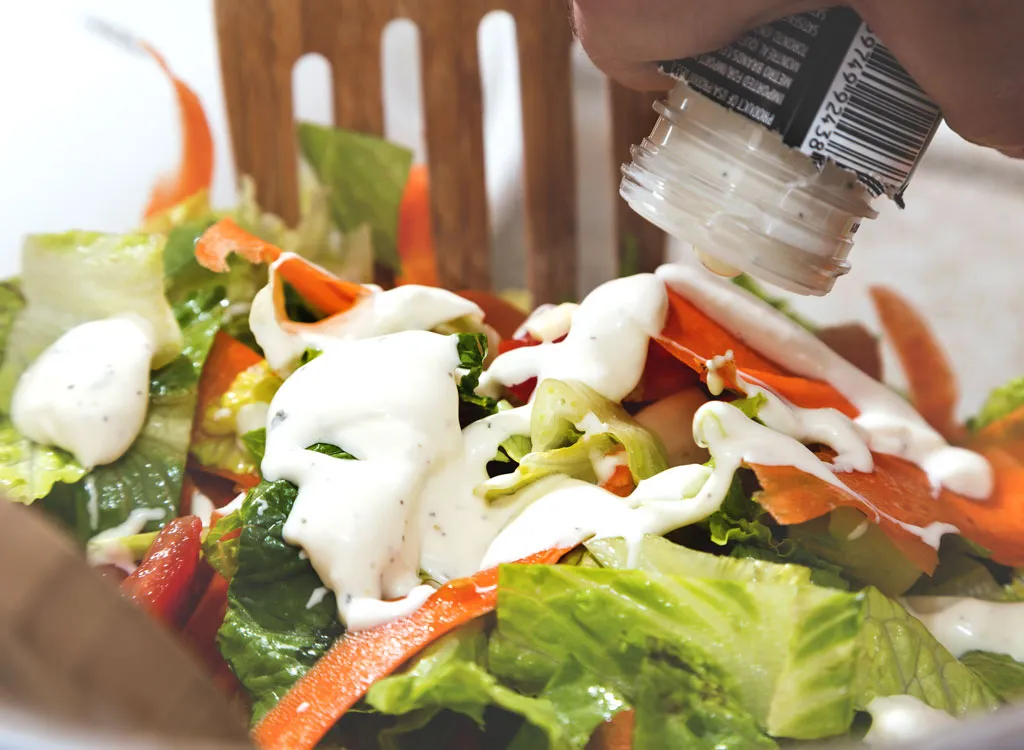
Those wheat thickeners are at it again. When you're wanting to be good and stay clear of bread and other gluten-bombs by reaching for a salad, read the fine print. Your favorite dressing could have changed the recipe to include wheat and barley additives to help achieve that thick coating over your greens.
Barbecue Sauce
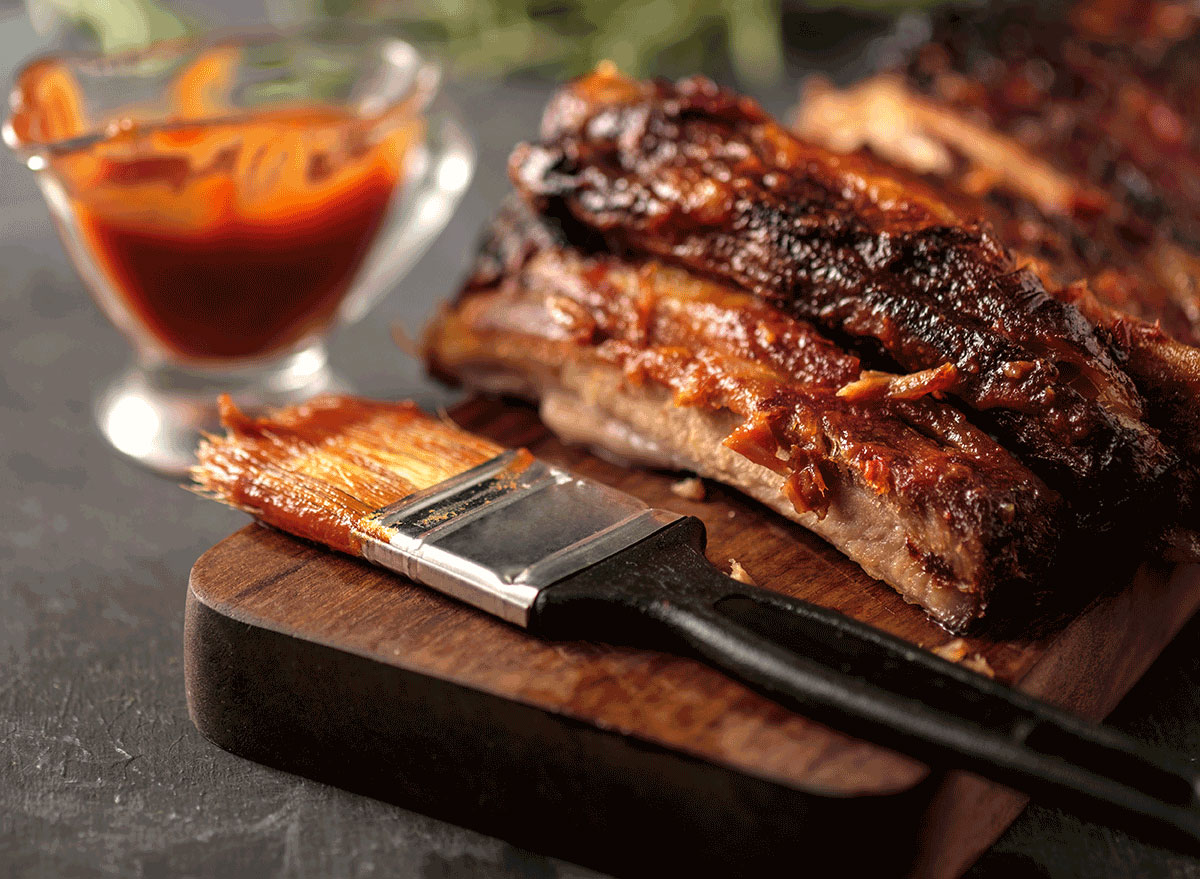
Watch your back (you know, baby back ribs) or pork sandwiches if your sauce is from a bottle. The modified food starch to help thicken your sauce like molasses could give our gluten-free friends some issues.
Fudge Pops
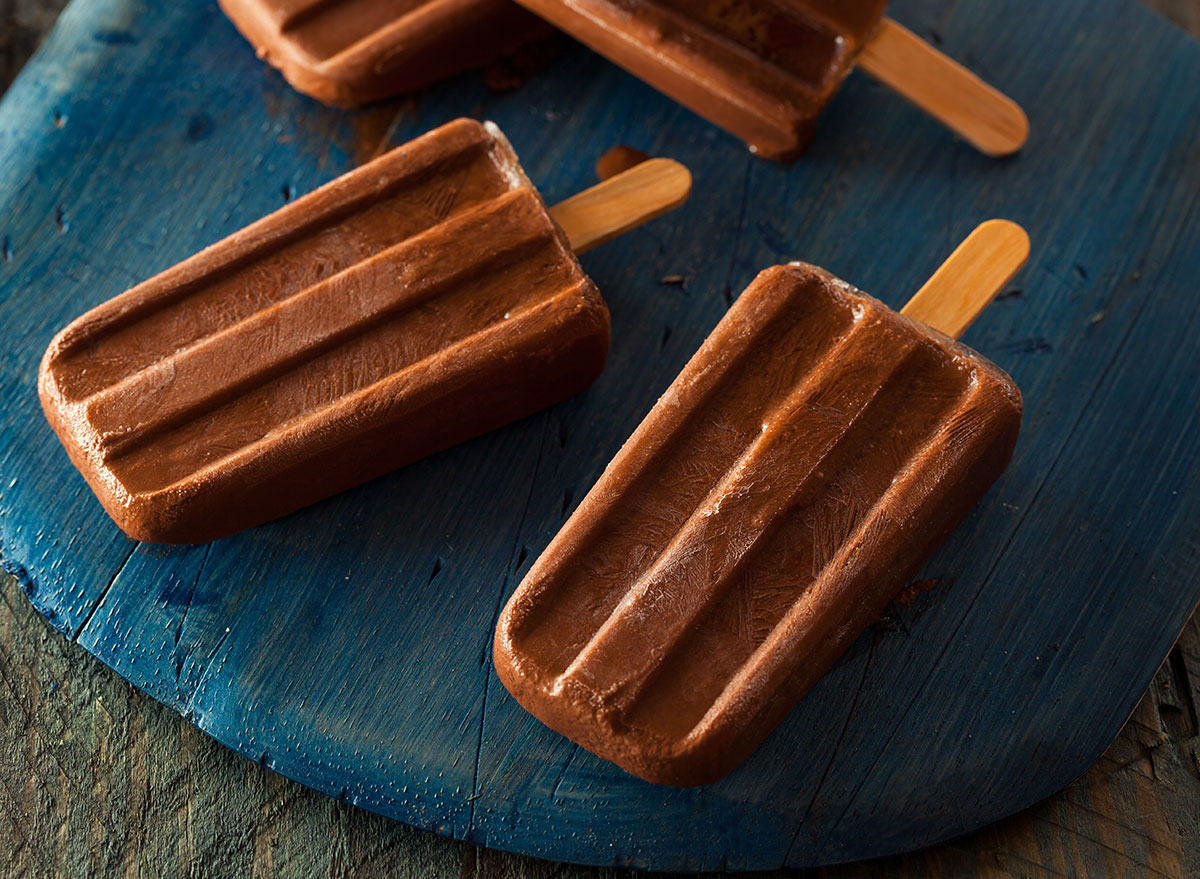
This one could hurt the most. One of the most classic frozen chocolate treats contains a form of malt extract.
Licorice
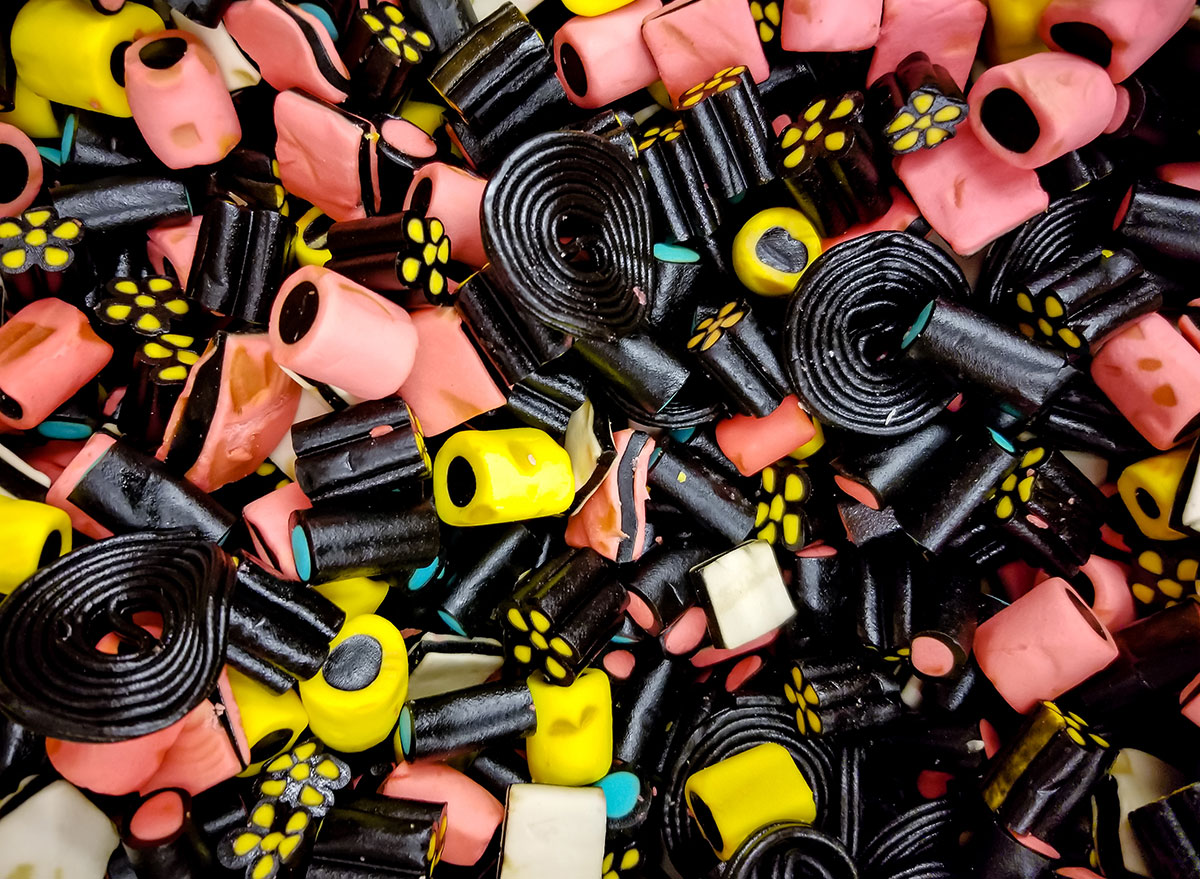
Love it? Even if you hate it and need an excuse to turn it down, this might be your chance. Wheat flour could be used to bind the sugary wax candy.
Eggs & Omelets
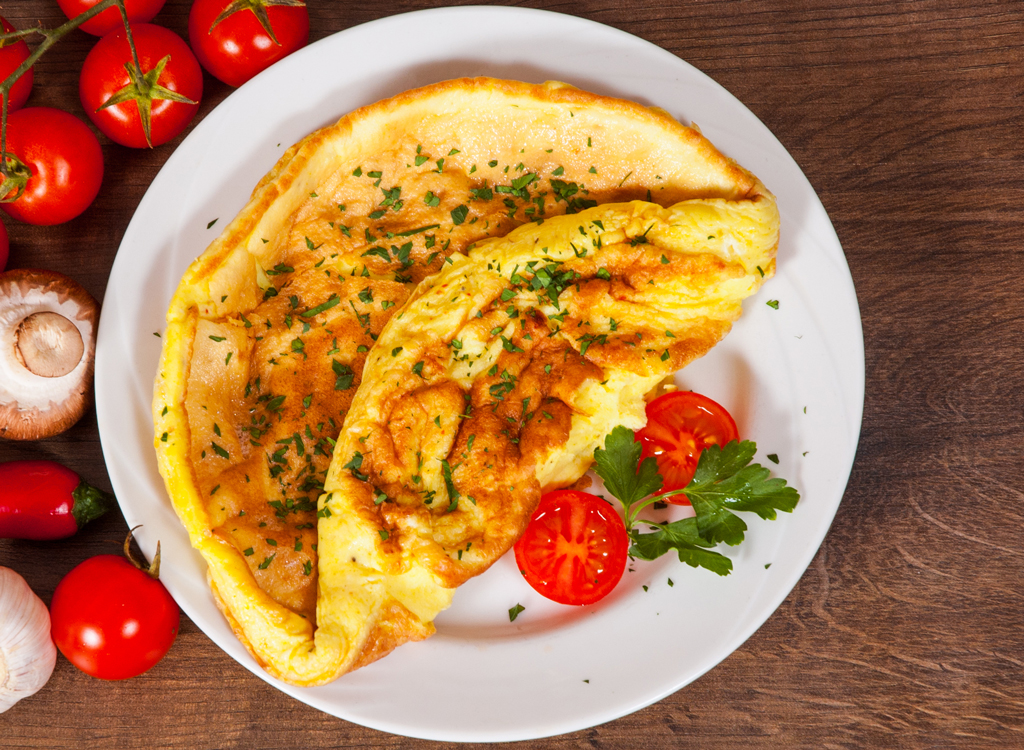
The common secret to hotels and restaurants getting you that perfectly fluffy omelet? Pancake batter. And you know that is not on the safe list for our gluten-free friends.
